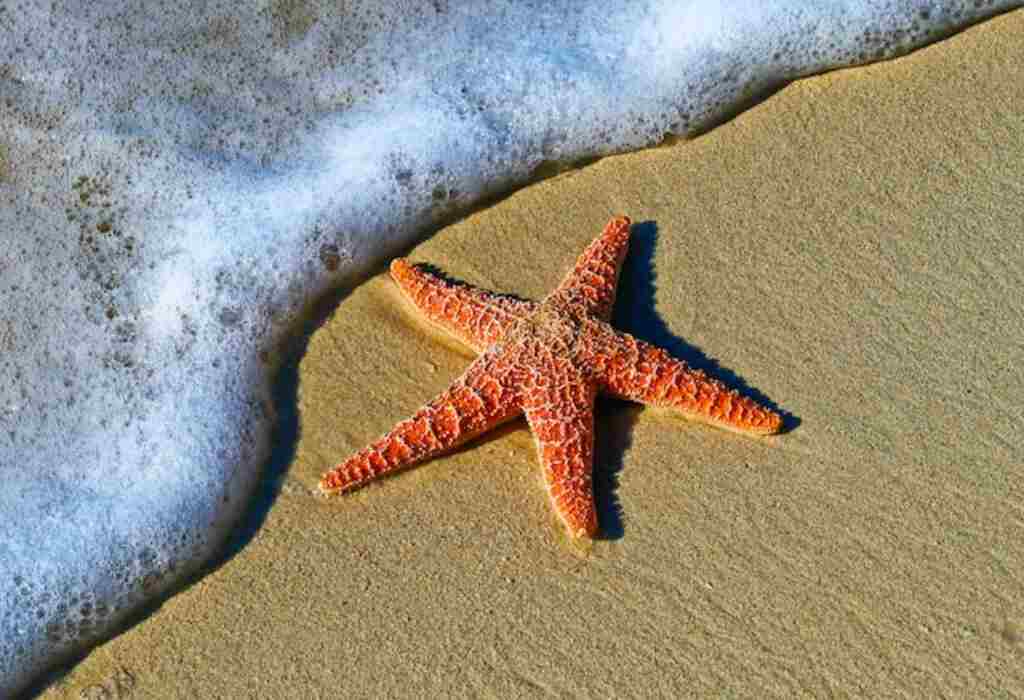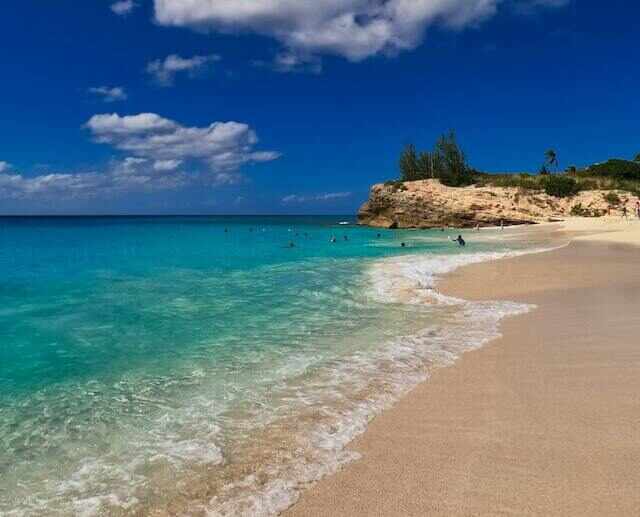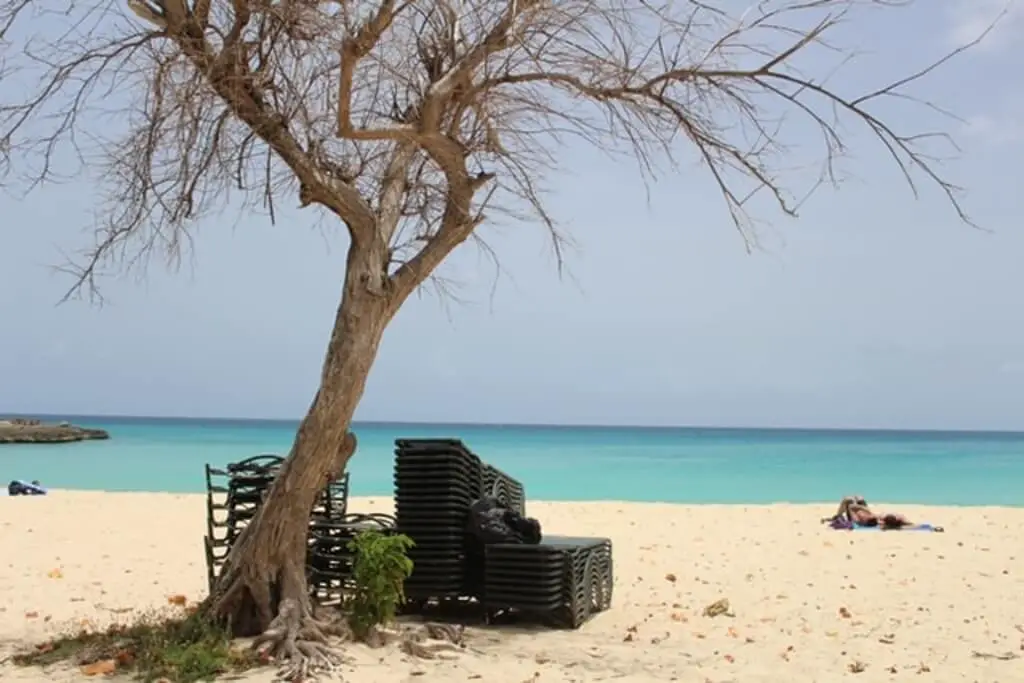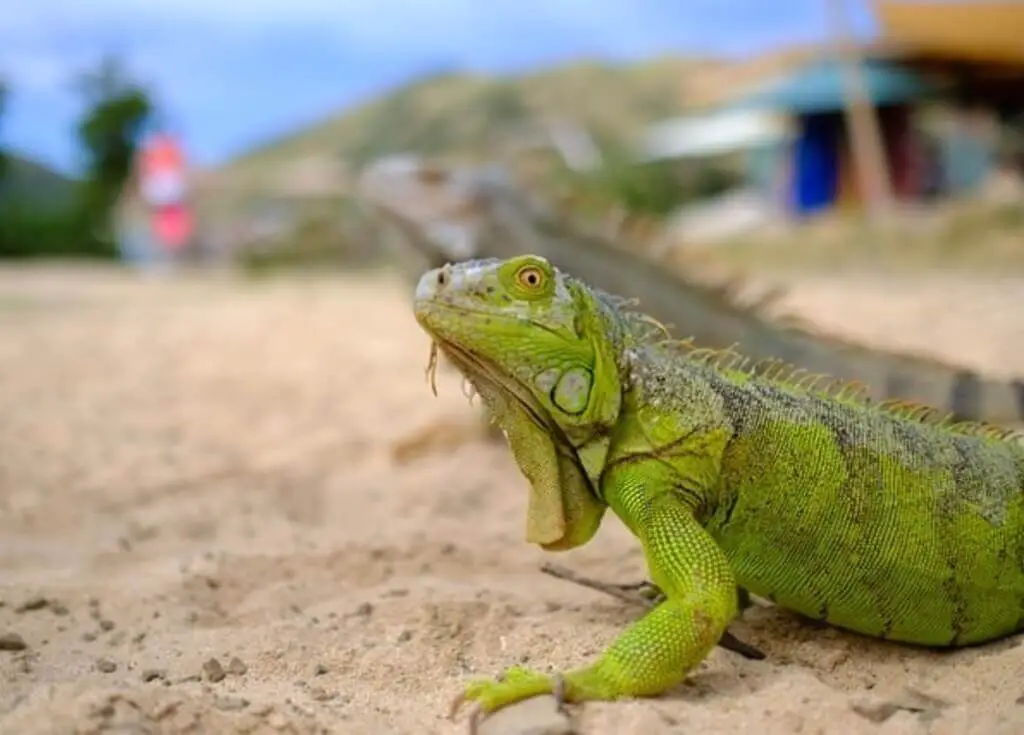Dangerous Animals in St Maarten: Beware & Stay Safe!
St Maarten is a beautiful island paradise, known for its stunning beaches and crystal-clear waters. However, it’s important to be aware of the potential dangers that may lurk beneath the surface of this tropical oasis. From deadly wildlife to dangerous insects and hazardous reptiles, there are many risks to be aware of when exploring this island paradise.
In this article, we’ll take a closer look at the various types of dangerous animals in St Maarten that you may encounter, and provide tips for staying safe during your travels. Whether you’re a local or a visitor, it’s important to be prepared and informed when it comes to harmful wildlife encounters and risky animal encounters. Let’s dive in!
Table of Contents
- 1 Key Takeaways
- 2 Dangerous Animals in St Maarten
- 3 Venomous Creatures in St Maarten
- 4 Deadly Wildlife in St Maarten
- 5 Dangerous Insects in St Maarten
- 6 Aggressive Marine Life in St Maarten
- 7 Hazardous Reptiles in St Maarten
- 8 Conclusion
- 9 FAQ: Common Questions About Dangerous Animals in St Maarten
- 10 Author
Key Takeaways
- There are very few dangerous animals on the island.
- There are no native snakes, but rare fer-de-lance snakes and Giant African Land Snail’s have been spotted.
- Petty crime, such as pickpocketing and vehicle theft, is a more common concern for tourists.
- Travelers should take precautions against mosquitoes that transmit dengue fever as mangroves on the island serve as their habitat.
- Vervet monkeys, which are an invasive species, can be found on the island but the government has recently approved a plan to cull the entire population.

Dangerous Animals in St Maarten
There are very few dangerous animals in St. Maarten. While there are no snakes on the island, rare fer-de-lance snakes have been spotted.
However, travelers should take precautions against mosquitoes that transmit dengue fever, as there are reports of mangroves on the island that serve as habitats for these insects.
Lastly, the Sint Maarten government has approved a plan to cull the entire population of vervet monkeys.
Venomous Creatures in St Maarten
While St Maarten may be a paradise for tourists, it is also home to only a few dangerous animals. These creatures can pose a serious threat to humans, so it’s important to be aware of their presence and take necessary precautions to avoid encounters.
Deadly Wildlife in St Maarten
St Maarten is home to a variety of wildlife, some of which can be deadly. Below are some of the deadliest animals and tips for avoiding danger when encountering them.
Sharks
St Maarten’s waters are home to several species of sharks, including the Caribbean reef shark and the nurse shark. While shark attacks are rare, it’s important to take precautions when swimming in the ocean.
Avoid swimming alone, especially at dawn or dusk, when sharks are most active. If you see a shark, do not panic or thrash around. Slowly and calmly swim back to shore.
Giant African Land Snail
The Giant African Land Snail can be considered dangerous, but not in the traditional sense. These snails are known to be invasive species in many regions and can cause significant harm to the local ecosystem.
They are voracious eaters and can consume a wide variety of plants, leading to potential disruption of the natural balance and harming native flora.
Additionally, it is known to carry parasites that can transmit disease, such as rat lungworm, which can cause meningitis. As such, they are deemed dangerous from an ecological perspective and can pose risks to agriculture and human health.
It is essential to take measures to prevent their spread and avoid handling them without proper knowledge or precautions.
Sea Urchins
Sea urchins are commonly found along St Maarten’s rocky shores and can pose a danger to swimmers. Their spines can cause painful wounds and infection. To avoid injury, wear water shoes or other protective footwear when walking on rocky beaches.
If you are stung by a sea urchin, remove any spines with tweezers and soak the affected area in warm water for 30–60 minutes.
Ciguatera Poisoning
Ciguatera poisoning is caused by eating fish that have consumed toxic algae. Symptoms include nausea, vomiting, and neurological effects such as hallucinations and muscle weakness. To avoid ciguatera, avoid eating large predatory fish such as barracuda, grouper, and snapper.
By taking precautions and being aware of the potential dangers, you can safely enjoy St Maarten’s beautiful wildlife. Remember to always respect the animals and their natural habitats.
Dangerous Insects in St Maarten
In addition to venomous creatures and deadly wildlife, St Maarten is also home to a variety of dangerous insects that visitors should be aware of. While most insect bites and stings are harmless, some can be quite painful and even life-threatening.
Types of Dangerous Insects
Mosquitoes are a common nuisance in St Maarten, and they can also transmit diseases such as dengue fever, chikungunya, and Zika virus. Ticks are also present on the island, and they can carry Lyme disease and other illnesses. Fire ants are another hazard, with their painful bites that can cause severe allergic reactions.
Avoiding Insect Bites and Stings
To avoid insect bites and stings, visitors should take several precautions. Wearing long-sleeved shirts and pants, using insect repellent, and avoiding standing water or areas with high grass where mosquitoes and ticks may breed are all effective measures.
It’s also important to check for ticks after spending time outdoors, and to seek medical attention if you experience any symptoms of tick-borne illness.
If you encounter fire ants, move away slowly and avoid disturbing the nest. If you are bitten, clean the area with soap and water and apply ice to reduce swelling.
Seek medical attention immediately if you experience difficulty breathing or other symptoms of a severe allergic reaction.

Aggressive Marine Life in St Maarten
St Maarten’s crystal-clear waters and vibrant marine life make it a popular destination among snorkelers and divers. However, it’s important to be aware of the potential risks that come with encountering aggressive marine life.
Jellyfish are commonly found in St Maarten’s waters and can deliver painful stings. Barracudas, known for their sharp teeth and aggressive behavior, have also been known to attack humans.
Perhaps the most feared marine animal in St Maarten is the shark. While it’s rare to encounter sharks in the island’s waters, it’s important to be prepared and know what to do in case of an encounter.
How to Stay Safe
To avoid dangerous encounters with aggressive marine life, it’s important to take precautions when swimming or snorkeling.
- Always swim with a partner
- Avoid wearing shiny jewelry or brightly colored clothing, which can attract aggressive fish
- Stay away from schools of fish, which may indicate the presence of a predator
- If you see a shark, remain calm and back away slowly
- Do not touch or disturb marine life
By following these simple guidelines, you can safely enjoy St Maarten’s stunning marine life without fear of encountering dangerous animals.
Hazardous Reptiles in St Maarten
While exploring the natural beauty of St Maarten, visitors may come across hazardous reptiles that need to be avoided. The most common reptiles found on the island are iguanas.
Iguanas are usually harmless and can be seen lounging in the sun or perched in trees. It’s important to keep a safe distance from them and not to try and touch or pick them up, as they can bite or scratch if they feel threatened.
If you come across a reptile that you are unsure of, it’s always best to keep a safe distance and admire them from afar. Do not attempt to pick them up or touch them, as this can lead to injury or harm to both the animal and the person.
Conclusion
In conclusion, St. Maarten is a relatively safe destination for travelers concerning dangerous animals, as there are few harmful species on the island.
However, visitors should still take precautions against petty crimes and mosquito-borne illnesses. Additionally, the Sint Maarten government has approved a plan to cull the entire population of invasive vervet monkeys that are found on the island.
By being aware of these risks and taking necessary precautions, travelers can have a safe and enjoyable trip to St. Maarten.

FAQ: Common Questions About Dangerous Animals in St Maarten
St Maarten is a beautiful island with plenty of wildlife to enjoy, but it’s also home to some dangerous animals. Here are some answers to common questions about staying safe while exploring the island.
Is it safe to swim in the ocean?
Yes, it’s generally safe to swim in the ocean in St Maarten. However, be aware of aggressive marine life like jellyfish and barracudas. It’s also a good idea to avoid swimming during the hours of dawn and dusk when sharks are more active.
What should I do if I encounter a snake?
If you encounter a snake in St Maarten, stay calm and slowly back away. Do not try to approach or handle the snake, as this will increase your risk of being bitten. If you are bitten, seek medical attention immediately.
Are there any poisonous insects in St Maarten?
No, there are no poisonous insects native to St. Maarten. The island does not host any insect species known for their poisonous nature. While some insects may have defensive mechanisms, none are classified as truly poisonous.
However, it’s essential to exercise caution and avoid handling any unfamiliar insects to prevent potential allergic reactions or bites. Enjoy exploring St. Maarten’s natural beauty worry-free, as the local insect population poses minimal health risks.
How can I avoid dangerous animal encounters in St Maarten?
To avoid dangerous animal encounters in St Maarten, be aware of your surroundings and take precautions when exploring the island’s natural beauty. Follow local guidelines for swimming and hiking, and be sure to wear appropriate protective clothing and insect repellent.
h as visitor centers, signage, and online platforms. There are also ongoing conservation efforts and educational programs that raise awareness about wildlife safety on the island.



